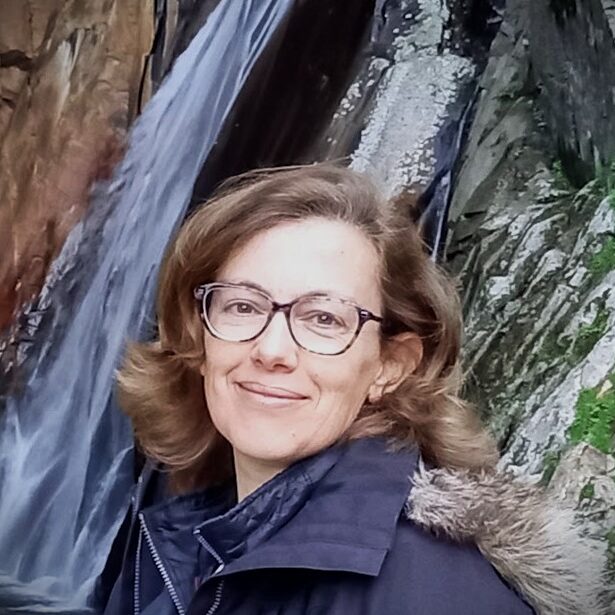Cristina Branquinho
Cristina Branquinho is a Full Professor of Ecology at the Faculty of Sciences of the University of Lisbon, and a researcher at the Centre for Ecology, Evolution and Environmental Changes where she leads the Thematic Line, “Towards Sustainable and Resilient Ecosystems and leads the “Systems Ecology” research group, which aims to understand complex ecological systems and promote resilience and sustainability in the face of Anthropocene challenges.
She is the president of the Plant Biology Department, a member of the General Council of the University of Lisbon (UL), and a representative of UL in the Network for Environmental Studies of Portuguese-speaking Countries. She has been a corresponding member of the Lisbon Academy of Sciences (since 2023) and a foreign academic correspondent of the Royal National Academy of Pharmacy of Spain (Academy of Sciences) since 2016.
Her research focused on understanding ecological patterns at the ecosystem level in response to environmental changes such as air pollution, climate change and eutrophication: i) evaluating and modelling the structure and functioning of ecosystems; ii) developing, testing and tracking ecological indicators based on biodiversity at different spatial and temporal scales; iv) restoring ecosystem structure and functioning; iii) understanding the role of biodiversity on ecosystem functioning and ecosystem services delivery.

